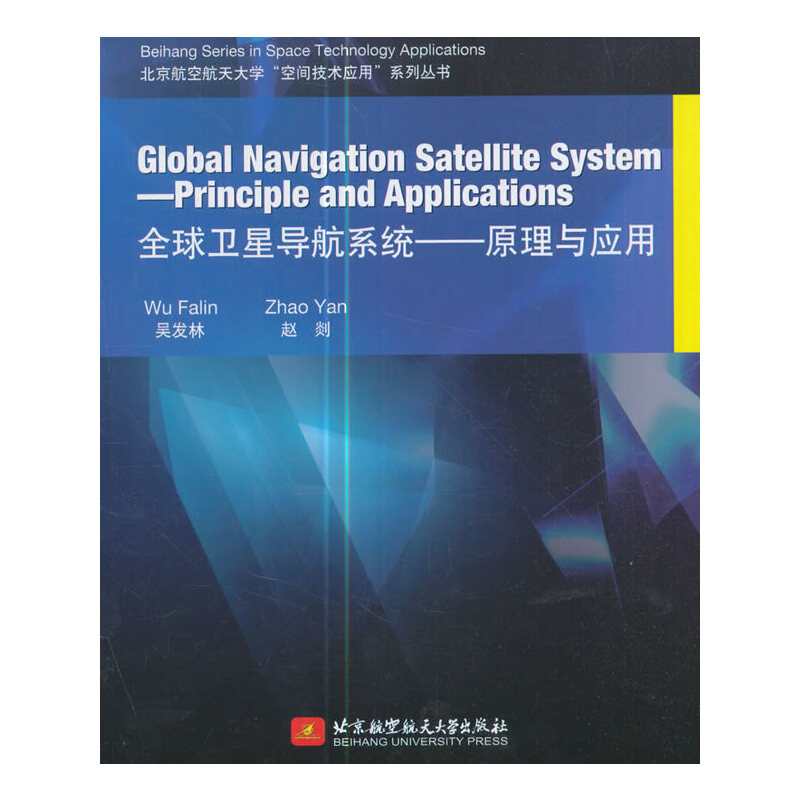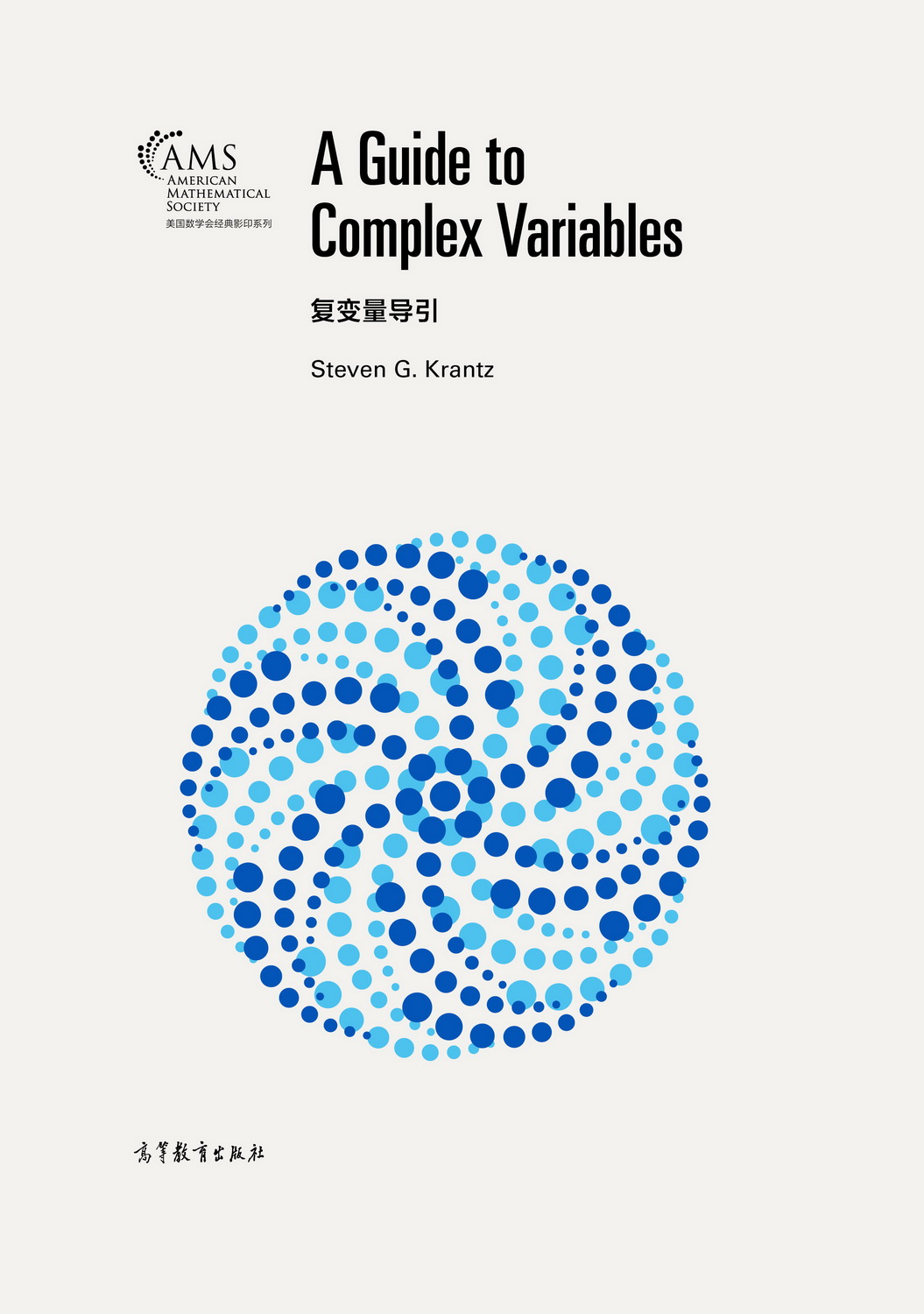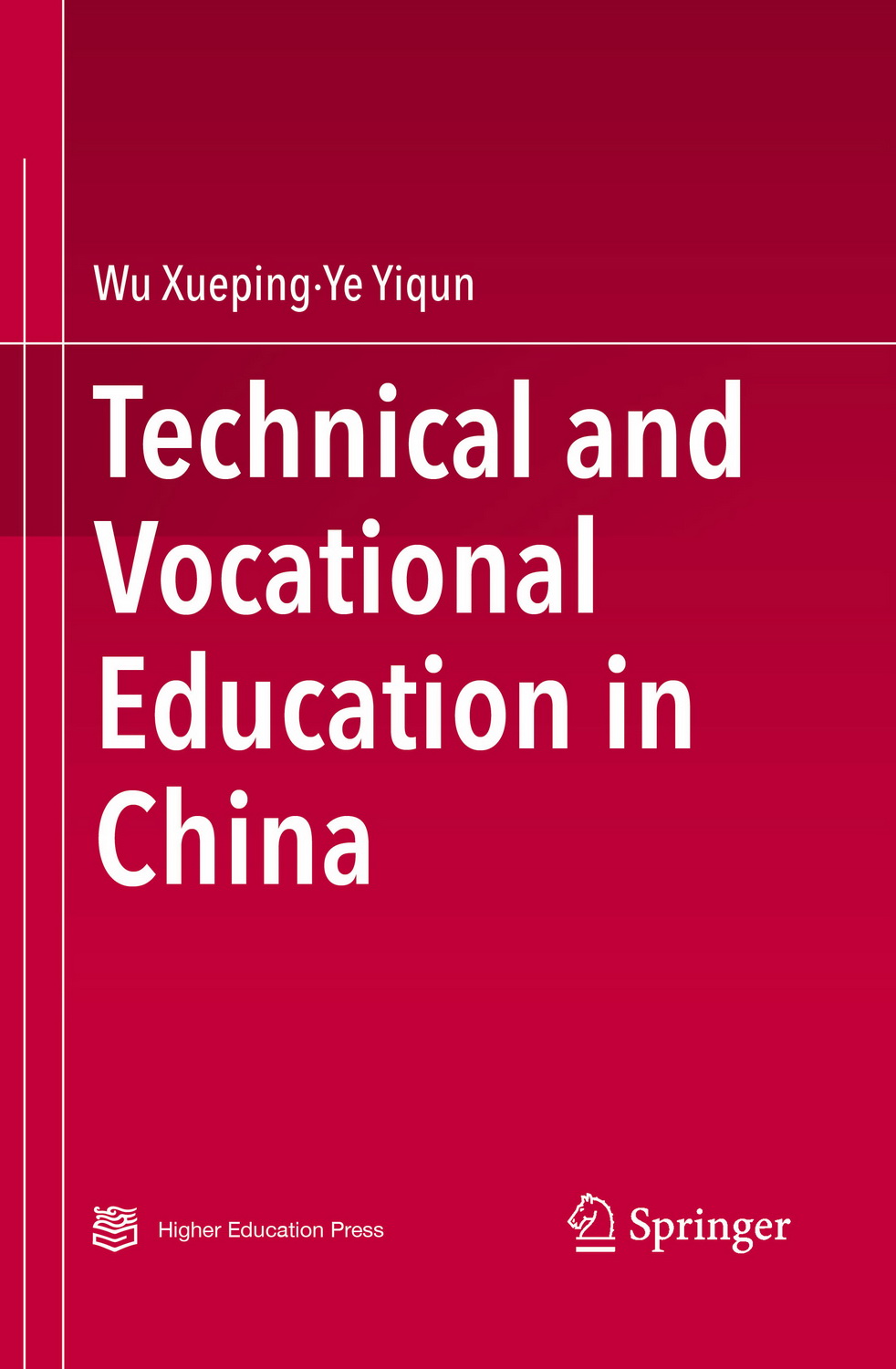人脸多样化特征及其应用(英文版)
定价:¥119.00
作者: Bob Zhang,Qijun Zhao,David Zhang
出版时间:2018-10
出版社:高等教育出版社
- 高等教育出版社
- 9787040494471
- 1版
- 227406
- 48266478-6
- 精装
- 16开
- 2018-10
- 580
- 206
- 工学
- 计算机类
- TP391.413
- 计算机类
- 研究生及以上
目录
Chapter 1 Introduction
1.1 Why Faces with Multi-Characteristics
1.2 Facial Authentication Using Permanent Special Features
1.3 Facial Beauty Analysis Using Permanent Common Features
1.4 Facial Diagnosis by Disease Changed Features
1.5 Expression Recognition by Stimulus Changed Features
1.6 Outline of This Book
References
PART IFACIAL AUTHENTICATION
Chapter 2 Facial Authentication Overview
2.1 Introduction
2.1.1 History of Automated Facial Recognition Research
2.1.2 Classification of Facial Recognition Scenarios
2.1.3 Challenges in Automated Facial Recognition
2.2 Permanent Unique Features for Facial Recognition
2.2.1 Geometric Features
2.2.2 Appearance Features
2.3 Facial Recognition: Systems and Applications
2.3.1 Major Modules in Automated Facial Recognition Systems
2.3.2 Application Modes
2.4 Chapters Overview
2.5 Summary
References
Chapter 3 Evolutionary Discriminant Feature Based Facial Recognition
3.1 Introduction
3.2 Evolutionary Discriminant Feature Extraction
3.2.1 Data Preprocessing: Centralization and Whitening
3.2.2 Calculating the Constrained Search Space
3.2.3 Searching: An Evolutionary Approach
3.2.4 Bagging EDFE
3.3 Facial Recognition Experiments
3.3.1 Databases and Parameter Settings
3.3.2 Investigation on Different Subspaces
3.3.3 Investigation on Dimensionality of Feature Subspaces
3.3.4 Performance Comparison
3.3.5 Discussion
3.4 Summary
References
Chapter 4 Facial Identification by Gabor Feature Based Robust Representation
4.1 Introduction
4.2 Related Work
4.2.1 Sparse Representation Based Classification(SRC)
4.2.2 Collaborative Representation Based Classification(CRC)
4.2.3 Gabor Features
4.3 Gabor-Feature Based Robust Representation and Classification
4.3.1 Gabor-Feature Based Robust Representation
4.3.2 Discussion on Occlusion Dictionary
4.3.3 Gabor Occlusion Dictionary(GOD)Computing
4.3.4 GRR Based Classification(GRRC)
4.3.5 Time Complexity
4.4 Experimental Results
4.4.1 Gabor Features and Regularization of GOD Computing
4.4.2 Face Recognition with Little Deformation
4.4.3 Face Recognition with Pose and Expression Variations
4.4.4 Recognition Against Occlusion
4.5 Discussion of Regularization on Coding Coefficients
4.6 Summary
References
Chapter 5 Three Dimension Enhanced Facial Identification
5.1 Introduction
5.2 Joint Face Alignment and 3D Face Reconstruction
5.2.1 Overview
5.2.2 Training Data Preparation
5.2.3 Learning Landmark Regressors
5.2.4 Estimating 3D-to-2D Mapping and Landmark Visibility
5.3 Application to Face Recognition
5.4 Experiments
5.4.1 Protocols
5.4.2 3D Face Reconstruction Accuracy
5.4.3 Face Alignment Accuracy
5.4.4 Face Recognition Accuracy
5.4.5 Computational Efficiency
5.5 Summary
References
PART IIFACIAL BEAUTY ANALYSIS
PART IIIFACIAL DIAGNOSIS
PART IVFACIAL EXPRESSION RECOGNITION
Index
1.1 Why Faces with Multi-Characteristics
1.2 Facial Authentication Using Permanent Special Features
1.3 Facial Beauty Analysis Using Permanent Common Features
1.4 Facial Diagnosis by Disease Changed Features
1.5 Expression Recognition by Stimulus Changed Features
1.6 Outline of This Book
References
PART IFACIAL AUTHENTICATION
Chapter 2 Facial Authentication Overview
2.1 Introduction
2.1.1 History of Automated Facial Recognition Research
2.1.2 Classification of Facial Recognition Scenarios
2.1.3 Challenges in Automated Facial Recognition
2.2 Permanent Unique Features for Facial Recognition
2.2.1 Geometric Features
2.2.2 Appearance Features
2.3 Facial Recognition: Systems and Applications
2.3.1 Major Modules in Automated Facial Recognition Systems
2.3.2 Application Modes
2.4 Chapters Overview
2.5 Summary
References
Chapter 3 Evolutionary Discriminant Feature Based Facial Recognition
3.1 Introduction
3.2 Evolutionary Discriminant Feature Extraction
3.2.1 Data Preprocessing: Centralization and Whitening
3.2.2 Calculating the Constrained Search Space
3.2.3 Searching: An Evolutionary Approach
3.2.4 Bagging EDFE
3.3 Facial Recognition Experiments
3.3.1 Databases and Parameter Settings
3.3.2 Investigation on Different Subspaces
3.3.3 Investigation on Dimensionality of Feature Subspaces
3.3.4 Performance Comparison
3.3.5 Discussion
3.4 Summary
References
Chapter 4 Facial Identification by Gabor Feature Based Robust Representation
4.1 Introduction
4.2 Related Work
4.2.1 Sparse Representation Based Classification(SRC)
4.2.2 Collaborative Representation Based Classification(CRC)
4.2.3 Gabor Features
4.3 Gabor-Feature Based Robust Representation and Classification
4.3.1 Gabor-Feature Based Robust Representation
4.3.2 Discussion on Occlusion Dictionary
4.3.3 Gabor Occlusion Dictionary(GOD)Computing
4.3.4 GRR Based Classification(GRRC)
4.3.5 Time Complexity
4.4 Experimental Results
4.4.1 Gabor Features and Regularization of GOD Computing
4.4.2 Face Recognition with Little Deformation
4.4.3 Face Recognition with Pose and Expression Variations
4.4.4 Recognition Against Occlusion
4.5 Discussion of Regularization on Coding Coefficients
4.6 Summary
References
Chapter 5 Three Dimension Enhanced Facial Identification
5.1 Introduction
5.2 Joint Face Alignment and 3D Face Reconstruction
5.2.1 Overview
5.2.2 Training Data Preparation
5.2.3 Learning Landmark Regressors
5.2.4 Estimating 3D-to-2D Mapping and Landmark Visibility
5.3 Application to Face Recognition
5.4 Experiments
5.4.1 Protocols
5.4.2 3D Face Reconstruction Accuracy
5.4.3 Face Alignment Accuracy
5.4.4 Face Recognition Accuracy
5.4.5 Computational Efficiency
5.5 Summary
References
PART IIFACIAL BEAUTY ANALYSIS
PART IIIFACIAL DIAGNOSIS
PART IVFACIAL EXPRESSION RECOGNITION
Index











